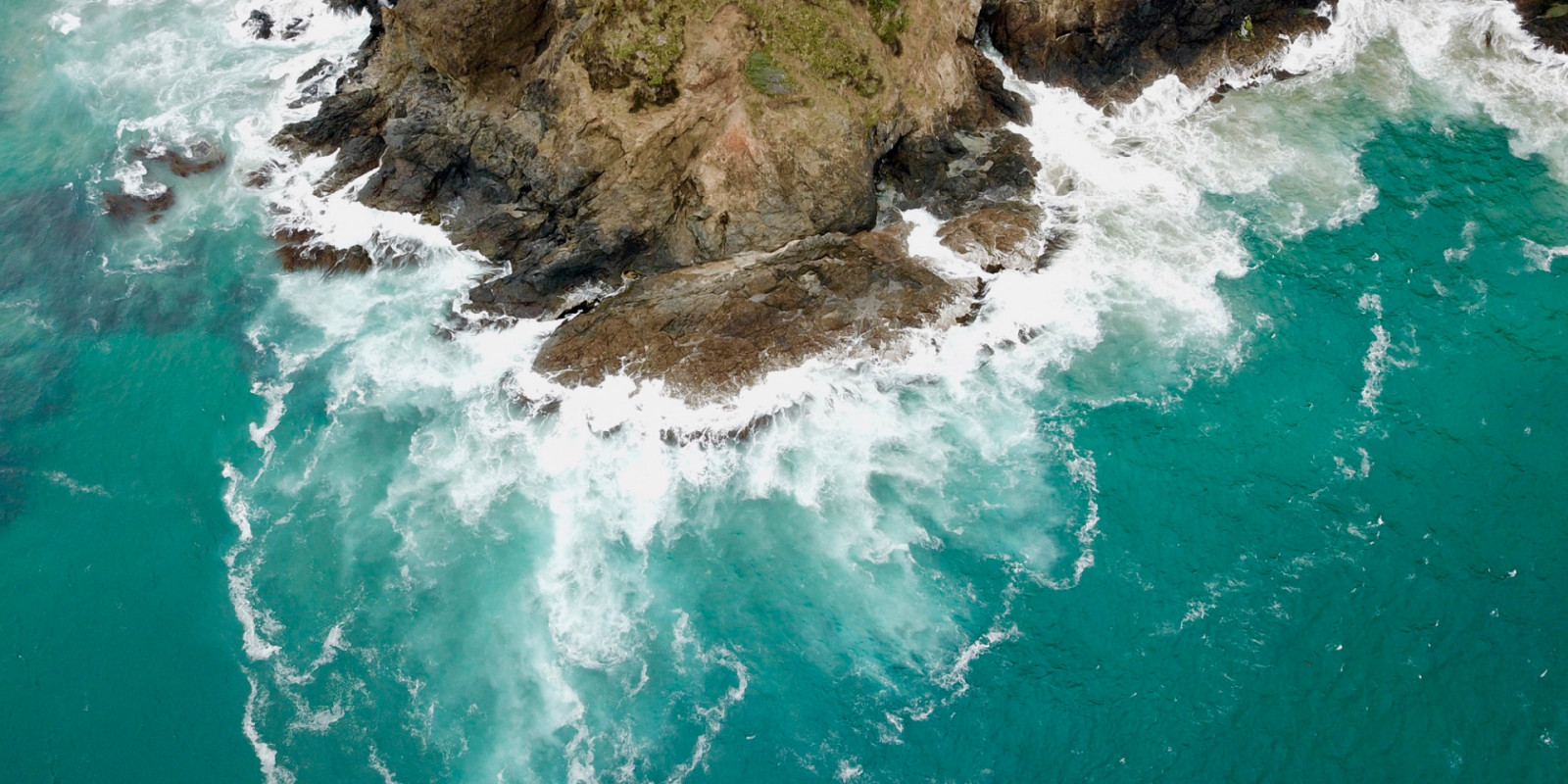- Summary
How current legislative frameworks enable customary management and ecosystem-based management in Aotearoa New Zealand: the contemporary practice of rāhui
Discussion paper
Taylor L, Te Whenua T and Hatami B (May 2018)
Summary of results
General
- Rāhui as an example of customary management provides a useful lens to review and analyse how current policy and legislation enables kaitiakitanga and EBM in Aotearoa NZ
- EBM aligns well with customary management. Both are holistic concepts offering the potential to better care for and sustainably utilise our marine and coastal resources
- Provision for rāhui, and for EBM, varies across national and regional policy and legislation. There is no consistency. Provision is limited overall
- Where there is specific provision, rāhui is included as a ‘legislative construct’ divorced from the body of tikanga in which it should be based and
- Provision for rāhui appears to be included in policy and legislation as a reactive response to resource scarcity, or to Treaty settlement arrangements, rather than a proactive way of sustainably managing resources within a wider holistic management approach. There is a lack of recognition that tapu, mana, and mauri exists in all living things and thus requires relevant and appropriate sustainable management to acknowledge and respond to those components which are integral to the overall wellbeing of our environment and ourselves (refer section 2).
From specific policy and legislation:
- The Conservation Act 1987 is the only piece of legislation that explicitly provides for rāhui
- The Fisheries Act 1996 includes limited, and implicit, provision for rāhui
- The Resource Management Act 1991 excludes provision for rāhui per se but includes provisions that are (conceivably) flexible enough to accommodate rāhui
- Provision and direction for rāhui (and other tikanga-based governance and management) and EBM are beginning to develop through planning at the regional level, as shown by the Auckland Unitary Plan, and the non-statutory Sea Change – Tai Timu Tai Pari Marine Spatial Plan for the Hauraki Gulf; and through Special Legislation such as Fiordland Fiordland (Te Moana o Atawhenua) Marine Management Act 2005; and Kaikōura (Te Tai ō Marokura) Marine Management Act 2014
- The most explicit and promising provision for rāhui, as an example of customary management, is found in recent Treaty settlement legislation, i.e. Te Urewera Act (2014), and Te Awa Tupua (Whanganui River Claims Settlement) Act 2017 respectively, neither of which is currently located in the marine and coastal environment
- Post-Treaty settlement and Marine and Coastal (Takutai Moana) Act settlement legislation is beginning to influence New Zealand’s current governance and management paradigm. Iwi and hapū rights and interests are being understood and enabled from a Crown legal perspective. This offers a useful pathway to support and drive EBM approaches that are informed by and respond to Māori philosophies, values and practices.
